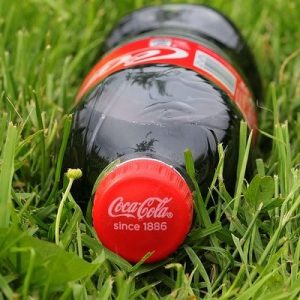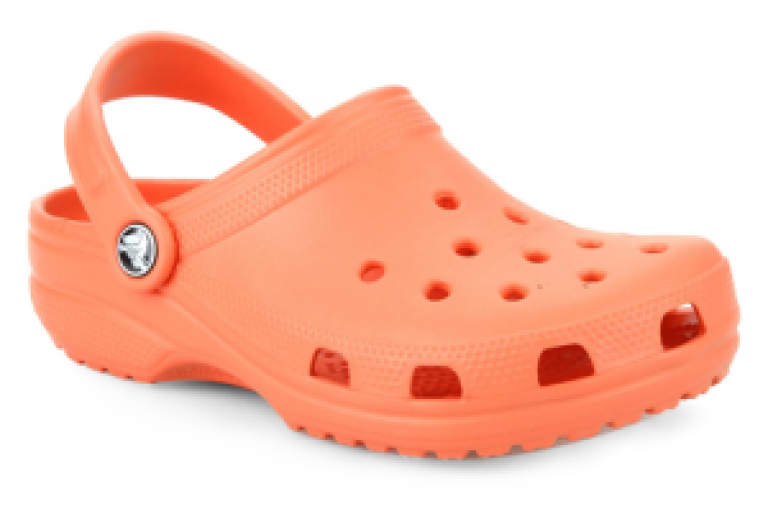IP ASSETS

Your IP Assets Come Under Various Headings
Protecting your businesses Intellectual Property is vital for your long term success.
Indeed, a business operating without IP knowledge is putting themselves at huge risk
Trade marks, trade secrets, patents, designs, circuit layout rights & plant breeders rights are significant business assets.
It’s vital to claim legal ownership of these if they are your property
What is Intellectual Property?
Intellectual property means: the ownership of ideas or a collection of ideas and concepts.
In Australia there are three ways of protecting your intellectual property, through the use of patents, trademarks or copyright.
A patent applies to a specific product design; a trademark applies to a name, phrase or symbol; and copyright to a written document.
Areas we can assist you
- IP Audits
- IP Licensing
- Royalty Agreements
- Market Entry
- Pitch Decks for Investors
- Branding and Web

Patents
Patents protect processes, methods and inventions that are ‘novel,’ ‘non-obvious’ and ‘useful.’
If granted, a patent gives you a 20-year monopoly on selling, using, making or importing your invention into Australia.
The requirements for a patent are complex, but basically a patent must be:
- Novel or Non-obvious: Your invention must be sufficiently different. Just substituting one material for another or changing the size of something is not usually patentable. So even if your invention has not been made before in exactly the same way, if the differences between it & the next similar thing are just too obvious (too close to being the same) your patent will be declined.
- Inventions must be useful. Your invention must have a practical purpose and it must work!

Trademarks
A trademark is like a brand name.
It is any word(s) or symbol(s) that represent your business or a product that identifies and distinguishes it from other products in the marketplace.
A strong trademark is a mark that is distinctive. The more distinctive it is, the easier your trademark will be to enforce
The (TM) mark may be used immediately next to your mark. The ® registration symbol may only be used when the mark is registered. It is unlawful to use this symbol with your mark before receiving an issued registration from the PTO

Trade Secrets
Trade secrets refer to items such as recipes that are unique and provide a business with a competitive advantage, but which can’t be safeguarded under current forms of idea protection such as copyright, trademark or patent.
A trade secret is proprietary knowledge and it is up to you to protect that knowledge.
One way you might keep this knowledge out of competitors’ hands is by ensuring employees or distributors sign confidentiality agreements.
The best form of protection for these items is to keep them a secret.
One of the most famous and best-kept trade secrets is the formula for Coca-Cola.
Copyright
Copyright covers certain creative works such as artistic works, music, computer programs, text, choreography, sound recordings and films.
Copyright protection gives the copyright holder the exclusive right to copy the work, modify it (that is, create “derivative works”), and distribute, perform and display the work publicly.
Copyright owners can prevent others from reproducing or communicating their work without their permission.
Ideas or concepts do not have copyright protection. Copyright protects the expression of the idea, but not the ideas themselves.

In Australia copyright protection is automatic.
There is no requirement to register for copyright protection in Australia, nor is there a legal requirement to publish the work or to put a copyright notice on it.
A work is protected as soon as it is put into material form, such as being written down or recorded in some way.

Registered Design
A registered design protects the way your product ‘looks’ eg the external shape of the product.
It gives the owner the right to stop anyone copying the external design of their product, within their geographical jurisdiction.
In the US it is is referred to as a design patent and offers similar protection to that of a registered design in Australia.

Circuit Layout Rights
These are the layout designs or plans of integrated circuits used in computer-generated designs
Similar to copyright, the owner’s original layout design is protected, but they have a unique form of protection. As an owner of a layout design, you are not required to register it to be granted rights.
For example: Computer chips or semi-conductor chip designs in pacemakers and PCs

Plant Breeder's Rights
Plant breeder’s rights (PBR) are used to protect new varieties of plants that are distinct, uniform and stable. These rights provide a monopoly for plant breeders of 20 or 25 years for trees and vines, offering them the exclusive right to the new plant variety allowing the breeder to capitalise on their investment in the research and development of the new variety.
Plant varieties can also be covered by other types of IP rights such as patents and trade marks.
In seeking protection for a plant variety in Australia, the variety must go through an administrative process that tests and evaluates whether the variety meets the requirements for registration.
